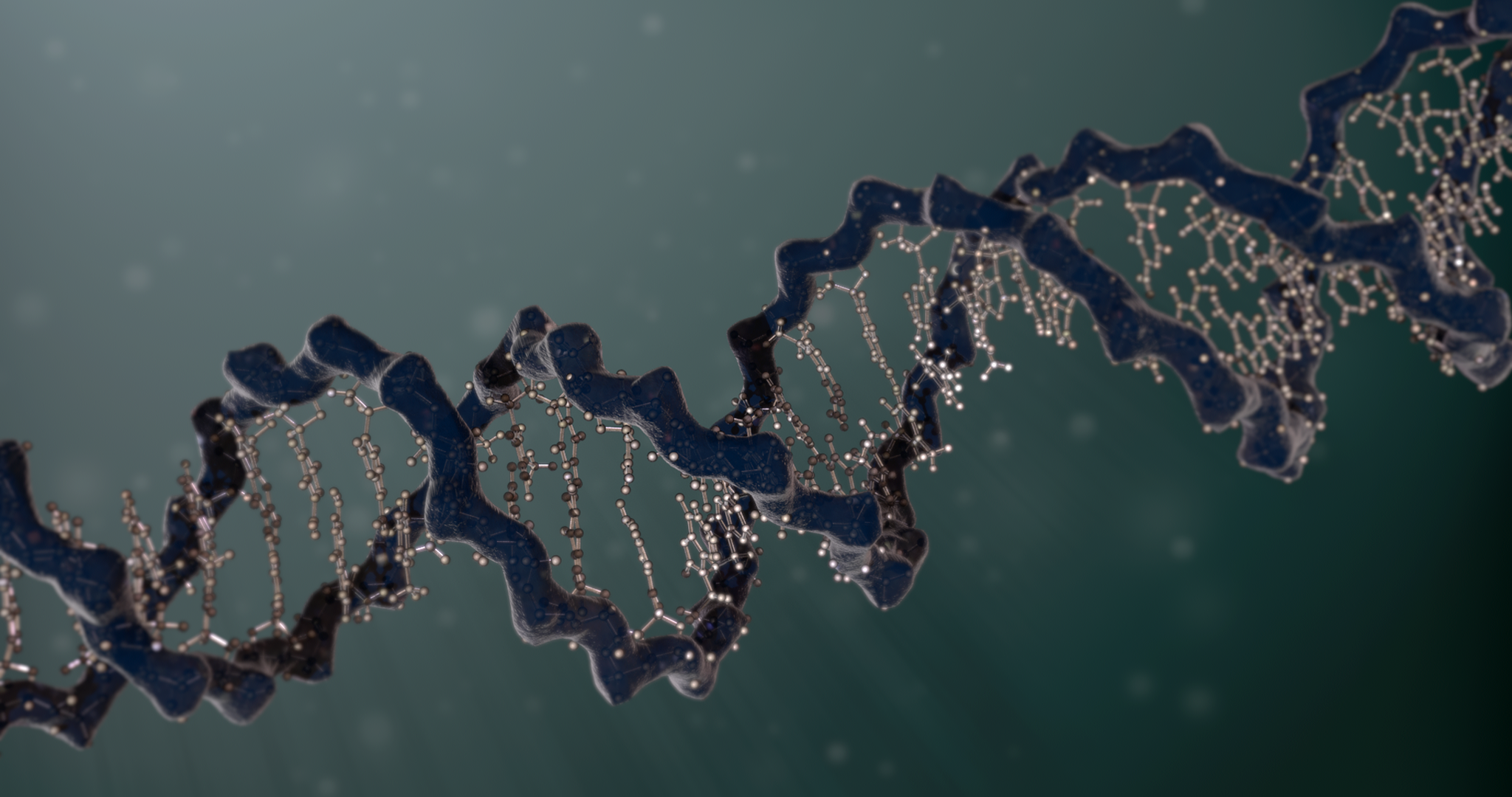A glimpse of the way DNA from our parents is shuffled and mutated to make us all individual is published today.
The work shows how the cellular machinery that allows human populations to adapt to new environments carries a heavy price for a few people who suffer mutations that lead to serious genetic disease.
We are all individual because of the novel patchworks of genetic codes we inherit from our parents, with a few novelties thrown in as a result of mistakes.
Today, new details of this process are laid bare because of a remarkable database of DNA information from the Icelandic population, published in the journal Science.
The analysis reveals how men and women contribute differently to diversity, through a process called crossover recombination, and shows how the mutational roots of rare disease are a side effect of the mechanism that allows us to generate new versions of the human genetic code, so that everyone is different.
‘We have done this both because it is of fundamental interest to understand more about who we are as a species, and because here in Iceland we have unique resources to address these questions,’ said Dr Kari Stefansson, CEO of deCODE genetics in Reykjavik, Iceland, a subsidiary of Amgen, and last author of the paper. ‘We want to understand the raw material for evolution and selection.’
The analysis by Dr Stefansson, Bjarni Halldorsson and colleagues provides the most detailed view to date of the location, rate and connection between these two key drivers of human evolution: recombination – the reshuffling of the genome that occurs when a special kind of cell division (meiosis) forms eggs and sperm; and new (de novo) mutation – the appearance in every one of our genomes of dozens of usually small variations that we did not inherit from either of our parents.
Today’s study draws on DNA sequence data from some 150,000 Icelanders from multiple generations, comprising nearly half the population and yielding the precise location of 4.5 million crossover recombinations and more than 200,000 de novo mutations.
To drill down into the details, they studied 126,000 meioses in mother-father-child trios, and did even more precise detection of de novo variations using the whole genome sequence of 28,000 people.
Mutations – spelling mistakes – in the DNA code are linked with evolution but, said Dr Stefansson, ‘we see here, in great detail, how this process is in fact systematically regulated – by the genome itself and by the fact that recombination and de novo mutation are linked.’
The study shows 35 variations in DNA sequence that affect recombination rate and location, and that de novo mutations are more than fifty times more likely nearby recombination sites where DNA has been shuffled between parents than elsewhere in the genome. This is ‘dramatic’, said Dr Stefansson.
Furthermore, women contribute far more to recombination, while men contribute more to de novo mutation. The latter is a major source of rare diseases of childhood. ‘Children conceived to a 40-year-old father have twice the de novo mutation than those of a 20-year-old,’ he said.
It is important to put this in context – most of these mutations are harmless – but it does show that an ‘astonishing number of rare genetic diseases early in childhood are from de novo mutations arising in the father.’
‘What we see here is that the genome is an engine for generating diversity within certain bounds,’ Dr Stefansson concluded. ‘This is clearly beneficial to the success of our species but at great cost to some individuals with rare diseases, which are therefore a collective responsibility we must strive to address.’
